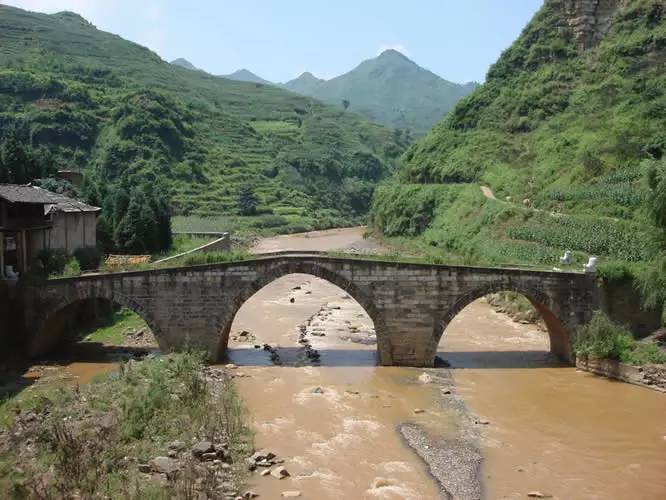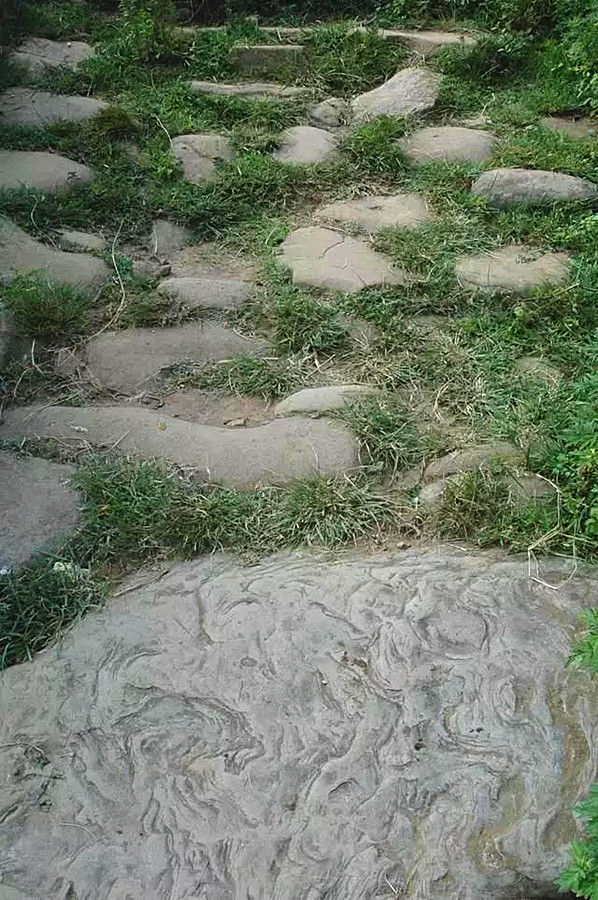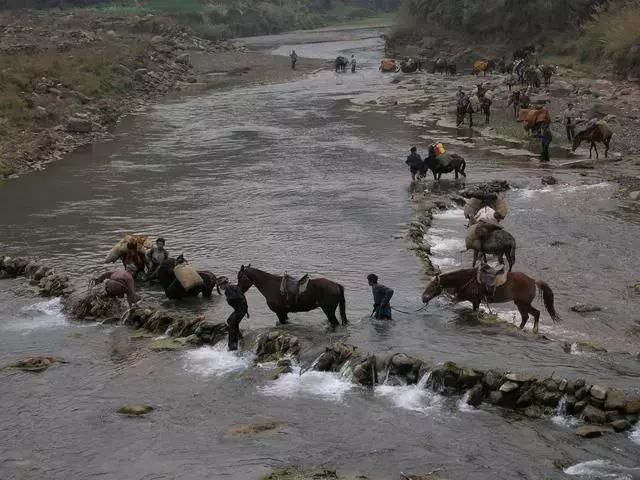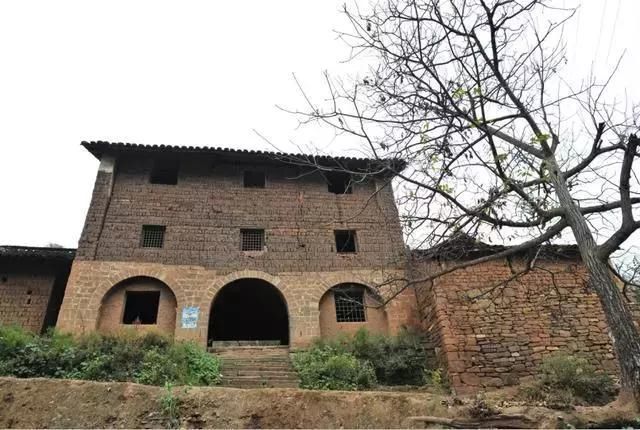
Keduguan Ancient Road in Xuanwei City, Qujing
Overview
Keduguan Ancient Road (Keduguan Yidao, 可渡关驿道) is located in Yangliu Township, Xuanwei City (宣威市), Qujing City (曲靖市), Yunnan Province (云南省), spanning both banks of the Kedugang River (可渡河). This historic route served as one of the key stone pathways connecting Sichuan (四川) and Guizhou (贵州) to Yunnan during the Qin (秦), Han (汉), and Tang (唐) dynasties.
Characteristics
The ancient road stretches approximately 10 kilometers, with a width of about 2 meters, following a zigzag shape. Its surface is paved with rough stones, bearing deep horse hoof prints. The road preserves numerous historical sites, including ancient fortresses, gun emplacements, and inscriptions such as the “Exemption from Labor” stele (免差碑). Key features include:
- Seven ancient sites: including the Keduguan Fort (可渡关关址), gun emplacements, and the Zhuge Dazhuang (诸葛大营).
- Two ancient structures: such as the Keduguan Stone Bridge (可渡石桥).
- Fifteen inscriptions: including the largest cliff inscription in Yunnan, stating “Mountain High, Water Long” (山高水长,水流云在).
- One modern representative building.
Recognized for its historical significance, the road is a testament to the region’s transportation and cultural interactions over 2000 years of history.
Historical Background
The Keduguan Ancient Road has a rich history, dating back to the pre-Qin era when the Shu Commandery (蜀郡) governor, Li Bing (李冰), widened the path from Chengdu (成都) to present-day Yibin (宜宾), known as the “Bodao” (僰道). The Qin Dynasty expanded it into the “Wuchidao” (五尺道), later developed further during the Western Han Dynasty under Emperor Wu (汉武帝) to integrate the southwestern tribes into the central empire.
During the Sui and Tang dynasties, it was called the “Shimen Road” (石门道) due to its passage through Shimen (now in Zhaotong, 昭通). The road saw further enhancements during the Yuan, Ming, and Qing dynasties, with military posts established to strengthen control over minority regions.
Key Historical Sites
- Zhuge Dazhuang (诸葛大营): Constructed by Zhuge Liang (诸葛亮) during the Three Kingdoms period for military campaigns.
- Beacon and Gun Platforms: Built during the Ming Dynasty to secure the area against invasions.
- Keduguan Ancient City (可渡古城): Established in the early Ming Dynasty, with remnants of the city walls still visible.
- Exemption from Labor Stele (免差碑): Erected in 1883 to regulate local labor demands.
Cultural Significance
The Keduguan Ancient Road is a critical historical site, serving as a witness to Yunnan’s ancient administrative and cultural developments, including its role in the Southern Silk Road. It highlights the interactions between various ethnic groups and the central government.
Protection Status
On March 5, 2013, the State Council of the People’s Republic of China listed Keduguan Ancient Road as a national key cultural relic protection unit.
How to Get There
To visit Keduguan Ancient Road, you can travel to Xuanwei City, Qujing, by:
- Train: Take a train to Qujing and then a local bus or taxi to Xuanwei.
- Car: Drive from Kunming (昆明) via the G56 Hukun Expressway, taking approximately 3-4 hours.
Travel Tips
- Best Time to Visit: Spring and autumn offer pleasant weather and beautiful scenery.
- Local Guidance: Hire a local guide for a deeper understanding of the historical context and to navigate the ancient paths.
- Respect the Sites: Maintain the integrity of the ruins and inscriptions by avoiding defacement and littering.
- Pack Essentials: Bring water, snacks, and good walking shoes, as some areas may require hiking.
Visiting Keduguan Ancient Road not only offers a glimpse into ancient transportation routes but also a journey through Yunnan’s rich historical tapestry.





 7 Days GolfingTour
7 Days GolfingTour
 8 Days Group Tour
8 Days Group Tour
 8 Days Yunnan Tour
8 Days Yunnan Tour
 7 Days Shangri La Hiking
7 Days Shangri La Hiking
 11 Days Yunnan Tour
11 Days Yunnan Tour
 6 Days Yuanyang Terraces
6 Days Yuanyang Terraces
 11 Days Yunnan Tour
11 Days Yunnan Tour
 8 Days South Yunnan
8 Days South Yunnan
 7 Days Tea Tour
7 Days Tea Tour
 8 Days Muslim Tour
8 Days Muslim Tour
 12 Days Self-Driving
12 Days Self-Driving
 4 Days Haba Climbing
4 Days Haba Climbing
 Tiger Leaping Gorge
Tiger Leaping Gorge
 Stone Forest
Stone Forest
 Yunnan-Tibet
Yunnan-Tibet
 Hani Rice Terraces
Hani Rice Terraces
 Kunming
Kunming
 Lijiang
Lijiang
 Shangri-la
Shangri-la
 Dali
Dali
 XishuangBanna
XishuangBanna
 Honghe
Honghe
 Kunming
Kunming
 Lijiang
Lijiang
 Shangri-la
Shangri-la
 Yuanyang Rice Terraces
Yuanyang Rice Terraces
 Nujiang
Nujiang
 XishuangBanna
XishuangBanna
 Spring City Golf
Spring City Golf
 Snow Mountain Golf
Snow Mountain Golf
 Stone Mountain Golf
Stone Mountain Golf
















